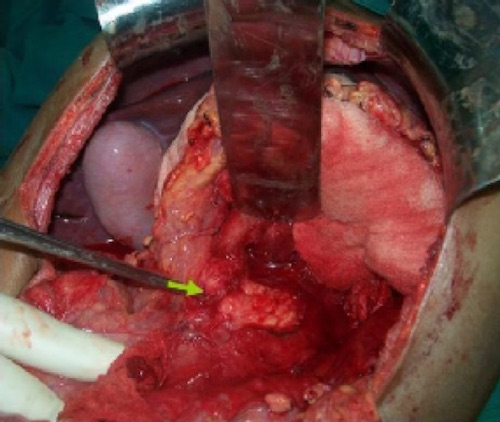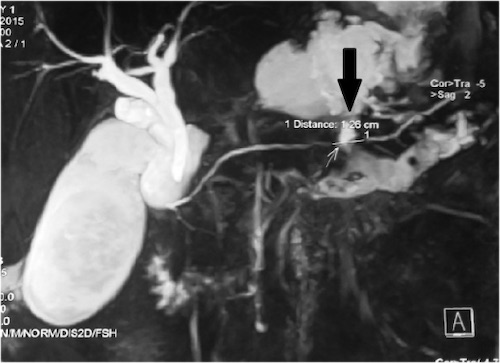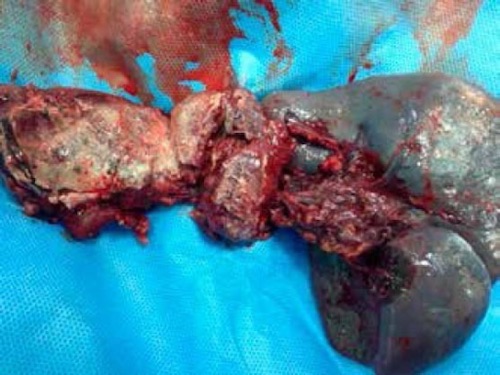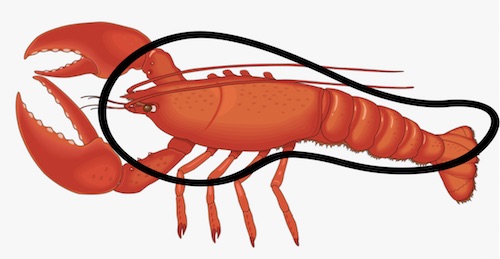Pancreas Trauma
Pancreas Trauma
David Ray Velez, MD
Table of Contents
Background
Anatomical Parts
- Uncinate Process
- Head
- Body
- Tail
Ducts
- Duct of Wirsung – The Primary Duct with Major Papilla
- Combines with the Common Bile Duct (CBD)
- Duct of Santorini – An Accessory Duct with Minor Papilla
- Drains Directly into the Duodenum
Blood Supply
- Arterial Supply:
- Head: Superior Pancreaticoduodenal Artery (Branch of GDA) and Inferior Pancreaticoduodenal Artery (Branch of SMA)
- Body/Tail: Pancreatic Branches (Off the Splenic Artery)
- Venous Return: Splenic Vein and Superior Mesenteric Vein (SMV) – Drains into the Portal System
Etiology
- Most Common After Penetrating Abdominal Trauma
- Relatively Protected Anatomically from Most Blunt Abdominal Trauma – The Neck Can be Compressed Against the Lumbar Spine Causing Injury
When Recognized Early, Management is Typically Straightforward with Low Morbidity and Mortality
Missed Injury and Delay in Diagnosis is Associated with High Complication Rates

Pancreatic Neck Laceration 1
Diagnosis
May Be Diagnosed Intraoperatively or on CT
The Primary Concern in Evaluation is Identifying Ductal Injury
Consider MRCP/ERCP to Evaluate Ductal Injury if CT is Inconclusive
AAST Pancreas Injury Scale
- *See AAST
- Injury Scale is Under Copyright

Pancreatic Duct Transection on MRCP 2
Treatment
Surgical Exposure
- Head/Uncinate Process: Kocher Maneuver
- Body/Tail: Open the Lesser Sac (Through Gastrocolic Ligament/Greater Omentum)
- Tail May Require Exposure of Splenic Hilum
Hematoma or Laceration without Duct Injury (Grade I-II): Peripancreatic Drain
- If Uncertain, Hematoma Should Be Explored to Determine Ductal Injury
Duct Injury – Body/Tail (Grade III): Distal Pancreatectomy
- Stable: Splenic Preservation
- Unstable: Concurrent Splenectomy
- Shorter OR, Longer LOS, Same Overall Morbidity and Mortality
- Damage Control: Drain with Temporary Abdominal Closure
- Plan to Definitively Manage Later
Duct Injury – Head (Grade IV-V): Damage Control and Drain
- Massive Head Disruption May Require Pancreaticoduodenectomy (Whipple Procedure) Once Stabilized – Never Emergent
Always Leave Closed-Suction Drains to Monitor for Leak/Fistula

Distal Pancreatectomy and Splenectomy 3

MNEMONIC: “Treat the Pancreas Like a Crawfish”
- Suck (Drain) the Head
- Eat (Resect) the Tail
References
- Doley RP, Yadav TD, Kang M, Dalal A, Jayant M, Sharma R, Wig JD. Traumatic Transection of Pancreas at the Neck: Feasibility of Parenchymal Preserving Strategy. Gastroenterology Res. 2010 Apr;3(2):79-85. (License: CC BY-2.0)
- Kottapalli DC, Devashetty S, Suryanarayana VR, Kilari M, Ismail MD, Mathew P, Chetty PK. Complete pancreatic duct disruption in an isolated pancreatic injury: successful endoscopic management. Oxf Med Case Reports. 2016 Mar 16;2016(3):44-6. (License: CC BY-NC-4.0)
- Hasanovic J, Agic M, Rifatbegovic Z, Mehmedovic Z, Jakubovic-Cickusic A. Pancreatic injury in blunt abdominal trauma. Med Arch. 2015 Apr;69(2):130-2. (License: CC BY-NC-4.0)
